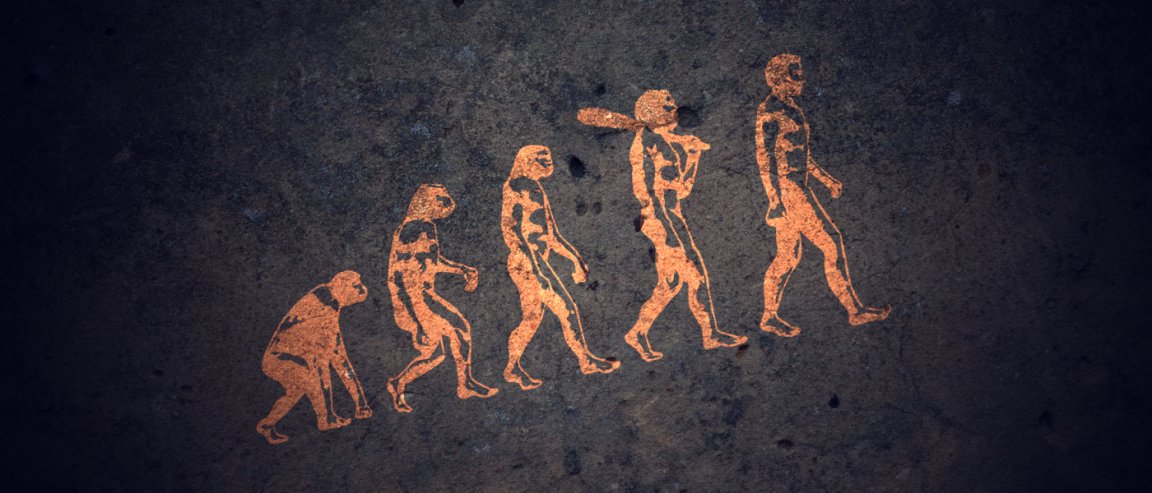
The Body Hacking Convention in Austin, Texas took place a few months ago. It brought together a collection of people who share in the idea of using technology to augment our biological capabilities and enhance the human experience. Austin was a fitting place to hold such an event as the city’s motto suggests…

One of the strongest voices for this movement is Amal Graafstra, CEO and founder of Dangerous Things as well as a firm believer that biohacking is the next step in human evolution. As he pointed out many times, this is a process that has already begun. Whether it be through pacemakers or breast implants, we already fix any part of us that we need to or enhance anything we deem to be sub-par. We also walk around with computers basically attached to us everywhere we go that are connected to the internet and all of humanity at all times. It is natural that we will continue to push this trend forward by further augmenting our bodies and merging ourselves with the tools we create. And he doesn’t just talk the talk, he has transponders implanted into his hands that allow him to open doors, start vehicles and log into his computer with the wave of his hand. His company sells such implantable devices and he has pioneered many of the techniques used in the biohacking industry.
A number of other devices (and the people they are lodged in) were also showcased at this event. Many were focused on allowing humans to intuit new senses, believing we are limited in the ways we can experience and interact with the world to just the five or so senses we are born with. There was North Sense, a device that allows people to feel where north is like a homing pigeon, there were implantable magnets that allow people to pick up objects like Magneto, some even strong enough to let people sense magnetic fields around them, echolocation goggles that help blind people detect objects in front of them, vests that enable the person wearing it to feel the world around them, a company called Cyberise selling everything implantable from chips to thermometers and an eyeborg who had a camera embedded into one of his eye sockets.
They are also keenly aware of how contentious the movement they are starting is, an assortment of ethical issues surrounding it were at the heart of nearly every talk and discussion at the conference. Among the questions addressed were a person’s right to augment their body however they see fit, whether programming code should be considered free speech, if it is incumbent upon us to push technology and augmentation forward to make the species more fit for survival, as well as the fear that many have that the growing gap in equality will continue to grow and that biohacks may lead to the species itself splitting into ‘the enhanced’ and ‘the naturals’ based solely on who can afford to pay for all these upgrades.
It is a fascinatingly complex issue further obfuscated by the reality that there is a blurry line between fixing something and enhancing. If a child is born with a genetic defect that we can treat it seems obvious that we should, but what if gene editing techniques can endow that child with an improved immune system so that they virtually never get sick? At what point do we say it is okay to replace a severed arm with a prosthetic that can restore some function but not okay to give people an arm that works much better than their biological one so others don’t start hacking off their arms to become Robocops? A myriad of such questions pop up when we think about all that we may soon be able to do.
There are no easy answers but the main take away from this conference is that society needs to start talking about these things because whether we like it or not it is becoming a part of our reality and we need to be ready for some very weird things on the horizon.

Transhumanism
Much of what was discussed at the conference falls under the label of a growing movement known as transhumanism. It is a movement that aims to facilitate the next step in our evolution as we go from human to something beyond human. Recently a number of transhumanist parties have formed around the world primarily centered around three core tenants: that science and reason should be the basis for decision making not ideology, that government’s main responsibility is to eliminate existential threats to life on earth, and the promotion of science and technology for the betterment of all. Transhumanism also embodies the same ethos that pervaded the body hacking conference, the belief that technology will inevitably swallow the world and that it is actually changing us for the better, proponents of both believe we should accept that change and embrace the possibilities that come with it.
Not all share the movement’s optimism. Many associate much of the progress being made in the world, as well as the rise of ever more factional politics, with a dystopian vision of the future where we either end up destroying ourselves or becoming slaves to the organizations and technologies we are creating. This seems frighteningly plausible especially when you consider that one of the strongest backers of many of the technologies espoused by transhumanists is the military community, DARPA in particular, who envision the creation of universal soldiers equipped with a range of bionic sensors encased in indestructible exo-suits effectively making them superhuman. The development of such a soldier seems to already be at the forefront of the next global arms race.

But transhumanists argue that just the opposite is possible, they believe that by augmenting our biology and merging with technology we can liberate ourselves from many of the inconveniences of life, allowing us to more fully express who we are. Almost every tool that we have created, from the spear to the computer, has given us a better quality of life, and allowed us to live healthier, longer and more enlightened lives. This new age of technology will further facilitate that arc, freeing us from the drudgery of work, ridding us of disease, further connecting us to each other and allowing us to truly explore the limits of reality.
